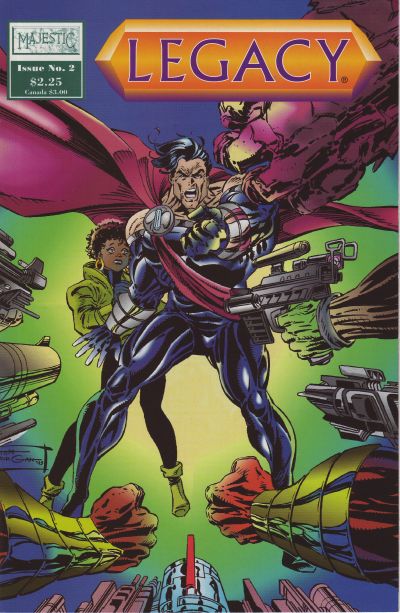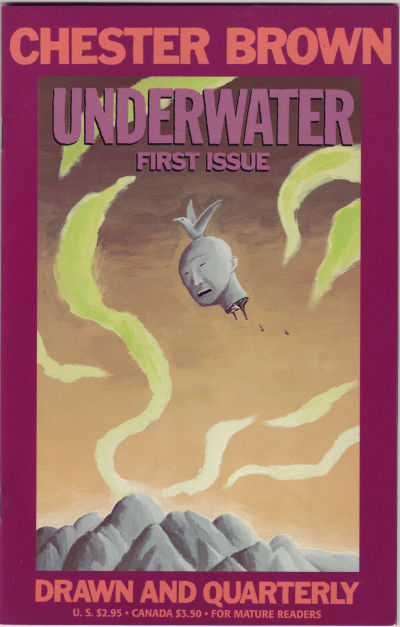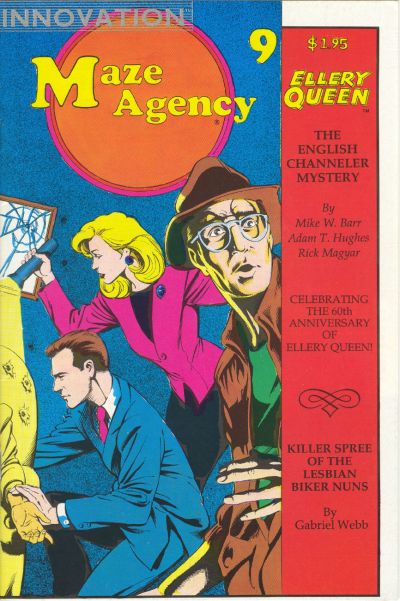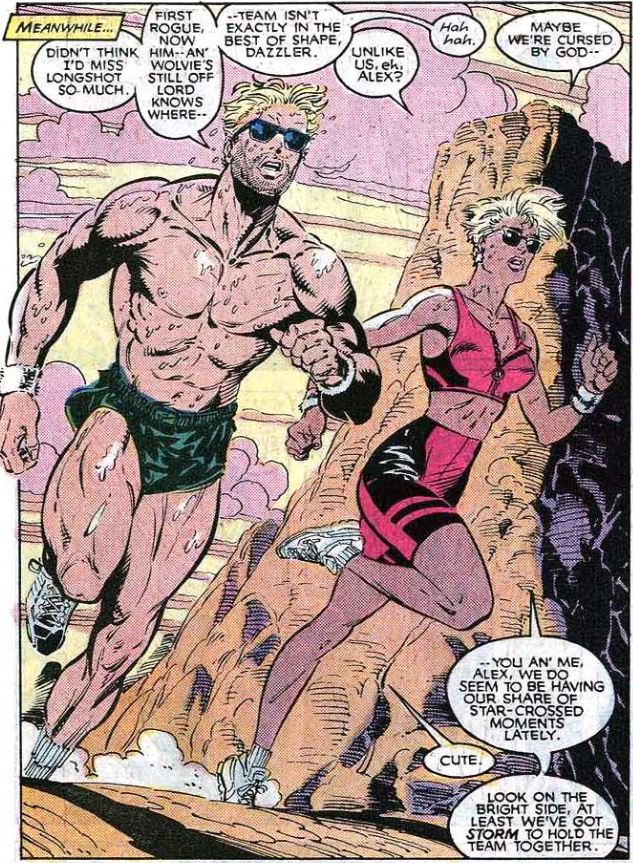Sometimes it’s not difficult to guess what part of a particular assignment interested the artist the most:

Anita en Sugar Jones was the lead feature in seventies Dutch girl comics magazine Anita. It starred Anita, the magazine’s ‘face’ as the assistant to glamourous but vain and egocentrical pop star Sugar Jones. Each episode would have Sugar come up with some scheme to get rich or famous or both and have Anita deal with the fallout. As is immediately clear from this first page, the star of the show is Sugar: both in looks and character she’s far more interesting than the frizzled haired, slightly boring goody two shoes Anita.
Anita at that time never credited the people who worked on their comics, but I knew that these magazines were usually filled with reprints from British IPC series. The artwork meanwhile looks decidedly Spanish. As you may know, Spain in the sixties and seventies produced a huge number of very talented comics artists, whose talents were ‘wasted’ by having to draw rote formulaic features for IPC and other British publishers. Though there are obvious differences between the various artists, their style is always recognisably lusher than their British counterparts, somewhat sexier and looser than the usually stiffer British cartoonist working on these titles.
It turns out my instincts was right: the original British version, simply called Sugar Jones was created and drawn by Rafael Búsom. What’s more, if Claire Napier is right in her review of the Sugar Jones collection published by Rebellion is correct, its co-creator was none other than Pat Mills! (he denies it though.) Regardless, the underlying themes of “class warfare and worker status” that Napier identifies in her review are pure Mills. Her description of the typical Sugar Jones story certainly makes me want to buy the collection:
Every strip Sugar gets an idea, often or always about how she can gain—men, contracts, cache, cash—and Susie sets out a reason or two why pursuing that plan would be harmful to others. Sugar doesn’t care; Sugar goes for it. Susie, with a little help from whoever else is in the strip this week, thwarts it and all of the people poorer and more authentic than Sugar bask in the joy of collaboration, justice and geniality. These are extremely jaunty, momentary reads, perfect for a pause with a beverage or between naps in the sun. They’ve got conviction, tremendous aesthetic value, and no apparent hate in their heart.
A visual treat and with its heart in the right place if somewhat dated attitudes here and there, what’s not to like about Sugar Jones?




